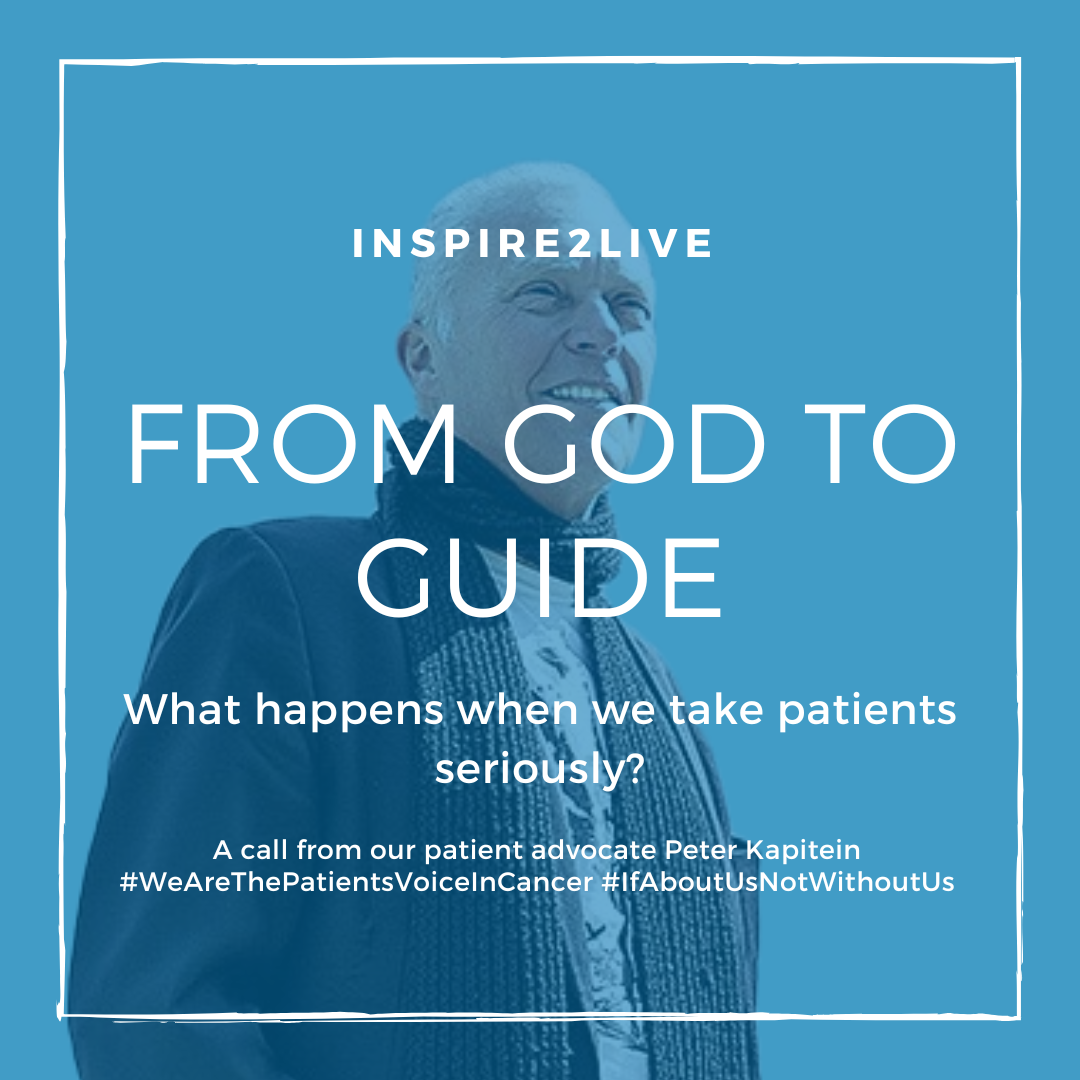What happens when we take patients seriously?
Travelling around the world and listening to the stories of patients, I had to think of a wonderful video from neurologist Bas Bloem: From God to guide which talks about the relationship between patients and their doctors. In many countries, doctors still act like God, whereas they should act as a guide. Patients want to be taken seriously and, behind this seemingly simple concept, there is a whole hidden world.
Don’t get me wrong; I see and work with a lot of excellent doctors who know how to guide the patient. Nevertheless, the ego of some doctors can sometimes be so big that they act like God. They seem to be on a chair that stands taller than the chair of the patient and when they are in a photograph with patients, they seem to be in the middle of the photo, sometimes taking up more space than their patients. I have seen it all. It scares patients and it strokes the doctor’s ego. This is not how patients and doctors should work together.
There are, however, many good examples. You only need to watch the video with Dr. Bas Bloem and his Parkinson’s patient. That’s how to take a patient seriously (NB. I’m not referring here to the first part of the video). Bas is not only showing the way he works with patients, he also explains why he acts like this and what the benefits are for both parties and for society as a whole.
What’s so good about an equal relationship where the patient is taken seriously is that it doesn’t only give the patient a good feeling, it also shows that doctors can learn from their patients. Patients experience their disease 24/7 whereas their doctor only sees them for 10 to 15 minutes at a time. The patient can be a source of inspiration, contributing not only to improving their own treatment outcome and quality of life but also that of other patients by changing the experience of the doctor.
When patients are taken seriously, the care is sustained thus saving costs. Let the patient decide when to return to see the doctor. It appears that patients naturally tend to stay away longer than the duration of a standard prescription and will return when they feel a need for it. This cannot of course be the case for all diseases, but good doctors know when this can be applied and when not.
Basically, what we are asking for is for you to work with us patients as an active subject instead of an object. This is the way to go towards real participatory healthcare. A great thank you to Bas Bloem and his patient for showing us how doctors need to evolve.
Peter Kapitein
Patient Advocate Inspire2Live

